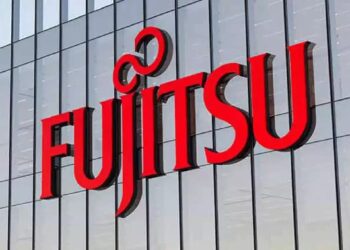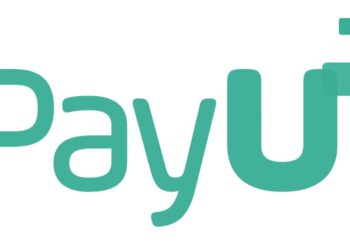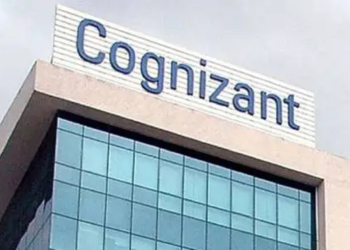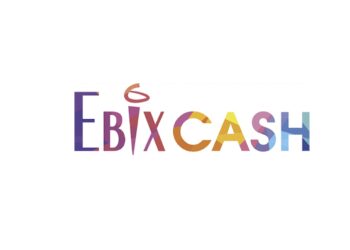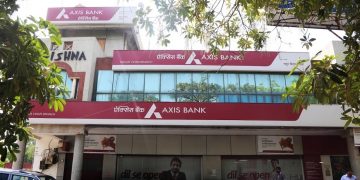As we celebrate Environment Day, it’s an appropriate time to renew our pledge for building a sustainable planet for our people with products as an enabler. Small sustainability changes can lead to big results. While clean energy is a critical goal, there are other ways that utilities can embed greener practices throughout their organizations, such as financial and administrative processes that can be reviewed and reimagined in more sustainable ways.
One such area of opportunity is travel and expense (T&E) management, as it affects nearly every employee across an organization. Turning to cloud-based software to manage T&E — or further optimizing SaaS can help businesses create more sustainable processes and influence employees to recognize the environmental impact of their travel and purchases.
Here are three ways that digitized intelligent T&E processes can help move the needle on sustainability across utilities and energy companies:
Integration of Sustainability Metrics
The integration of sustainability metrics offers significant benefits to organizations, fostering a harmonious blend of purpose and profit. The integration of sustainability metrics brings forth numerous benefits for utility and energy companies committed to sustainability. By infusing these metrics into their operations, companies can gain valuable insights into their environmental and social impact. This enables them to identify areas for improvement, set meaningful sustainability goals, and track progress over time. Integration of sustainability metrics also fosters transparency and accountability, allowing companies to communicate their sustainability efforts effectively to stakeholders and the public.
Some sustainability metrics like Trees saved by taking a particular travel route, Greenhouse Gas (GHG) Emissions with transport types, recyclability Index, green procurement with vendor ratings, employee engagement index helps in identifying cost-saving opportunities and enhancing operational efficiency through optimized resource allocation in a purpose driven way. Ultimately, the integration of sustainability metrics empowers utility and energy companies help to drive positive change, strengthen their reputation, and contribute to a more sustainable future.
Paperless Expense Management
A paperless expense management system that takes care of itself and lets employees work on their business brings a plethora of benefits to organizations, aligning efficiency with sustainability. By digitizing expense processes, companies streamline workflows, saving valuable time and resources. Providing only needed touch points to create expense reports, to automate PDF receipt, credit card transaction, and invoice data ingestion and to compile travel itineraries can save employees and accounts payable (AP) staff time, save valuable efforts in post-facto reconciliation, data errors & hence better compliance to local tax regulations.
Measure success and find areas for improvement with data
Gamification of success KPIs and metrics is critical. By incorporating elements such as competition, rewards, challenges, and interactive experiences, gamification aims to make sustainability more enjoyable, accessible, and impactful. Robust tracking and analytics can help companies turn employee spending decisions into visibility and tangible measurement of sustainability actions. By adopting data driven decision making, companies can track progress, share results, and include these details in communications to employees, leaders, customers, regulators, and the greater community.
For example, with SAP Concur solutions, companies can observe monthly, quarterly, and annual data points on travel & spend patterns, by employee, department, route, green procurement vendors & act on it in responsible way. Infuse sustainability in your foundational fabric!



